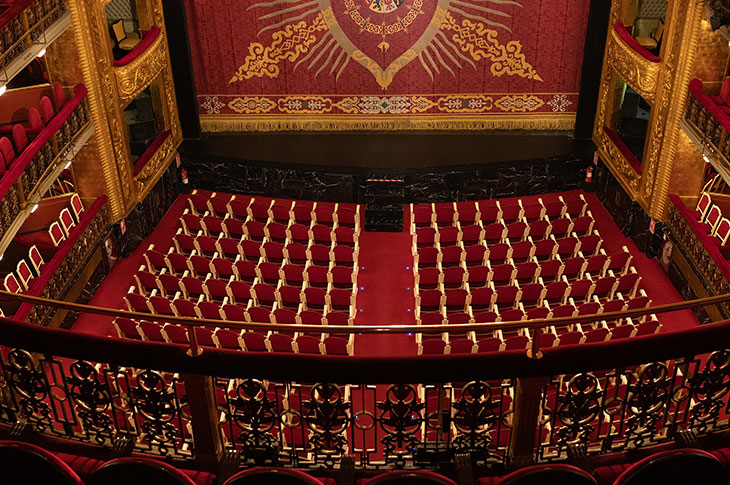A walk through the literary Madrid of the Golden Age
An urban route exploring houses, churches, and taverns linked to the capital’s literary and theatrical history
Within its streets, Madrid preserves a literary legacy that allows visitors to cross centuries of cultural history in just a few hours. The route through the Barrio de las Letras, spanning around 1.6 miles, offers the great opportunity to enter the houses where great writers lived, visit temples where they were baptized (or buried), and discover the taverns and printing houses that marked a turning point in Spanish literature, transforming the city into a real novel setting. Cervantes and his memory in the city The figure of Miguel de Cervantes can be found in several iconic locations within the Barrio de las Letras. His final resting place lies at the Convent of the Barefoot Trinitarians, while the Juan de la Cuesta Printing House recalls the publication of the first edition of Don Quixote in 1605. This walk invites you to stop by the San Sebastián Church, which holds Cervantes' death certificate, as well as Lope de Vega’s remains. What’s more, Tirso de Molina, Benavente, and Moratín were baptized in this church, while the weddings of figures such as Larra or Bécquer were also held here.

Settings of literary life The Lope de Vega House Museum preserves the domestic atmosphere in which this playwright composed some of his most famous comedies. As well as displaying personal objects and manuscripts, the space includes a garden offering a taste of the tranquil atmosphere of a time when this neighborhood lay at the very epicenter of Spanish literature. The Quevedo House recalls his rivalry with Góngora, and sites such as the Casa Alberto tavern, founded in 1827, still keep the legacy of literary and theatrical gatherings and anecdotes alive today. This heritage is rounded off with highly symbolic venues such as the Teatro Español, considered the oldest theatre in the world in continuous activity.

This route transforms central Madrid into an open-air museum, as its streets evoke the footsteps of writers who made the city an essential cultural reference point. Thanks to this offering, residents and visitors alike can relive the literary history of the capital in an intimate, accessible way. All this, right at the heart of the capital’s cultural life, near the Paseo del Prado and the Buen Retiro—a landscape of arts and sciences also known as the Landscape of Light, a UNESCO World Heritage Site. Location The city of Madrid is located in the center of the Iberian Peninsula, within the Community of Madrid region. It is connected by radial motorways, the high-speed rail network (with the Atocha and Chamartín stations), and Adolfo Suárez Madrid-Barajas Airport. The nearest seaport is Valencia, located about 220 miles away.

